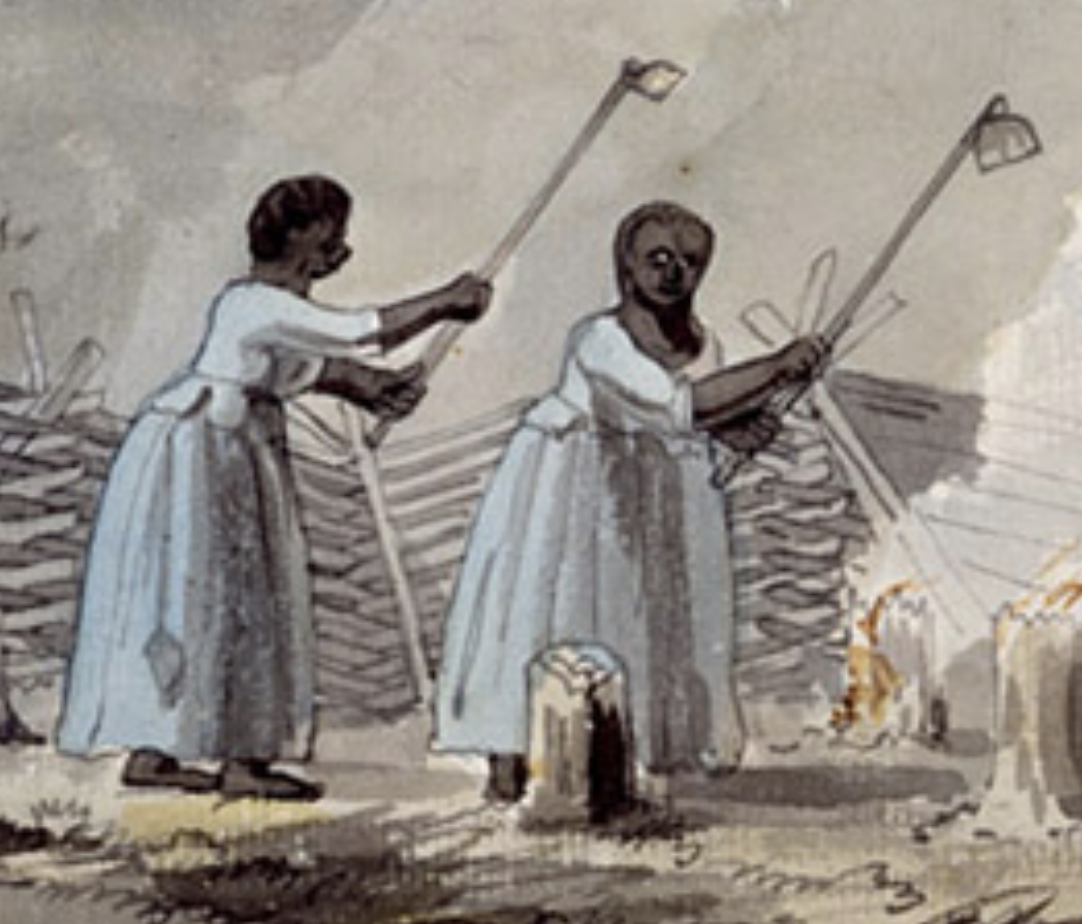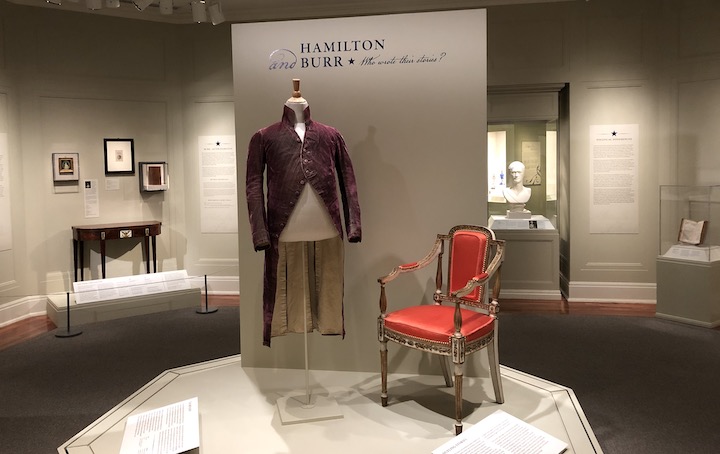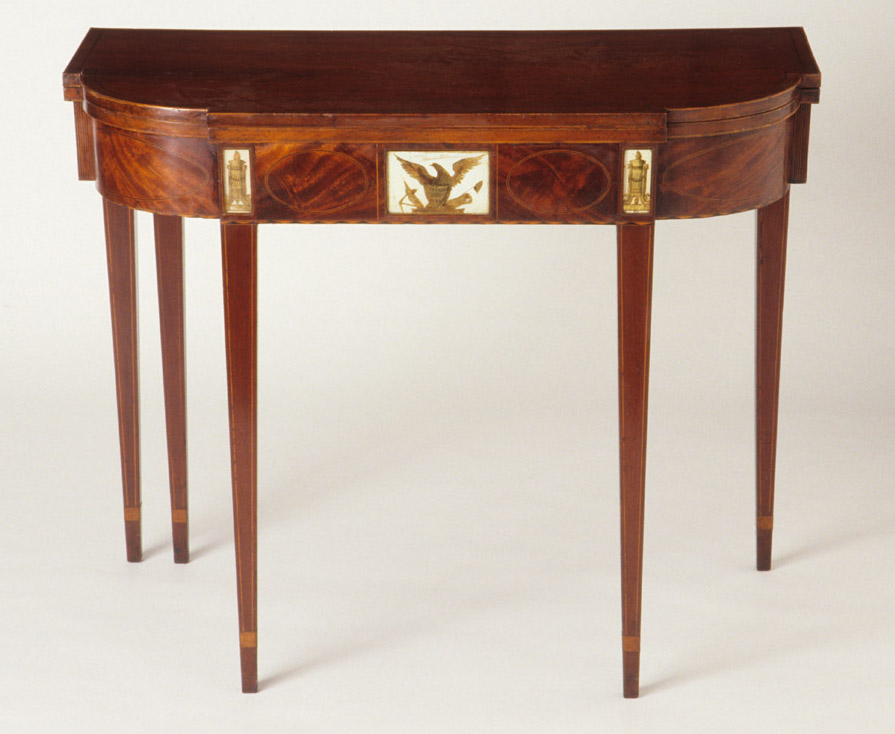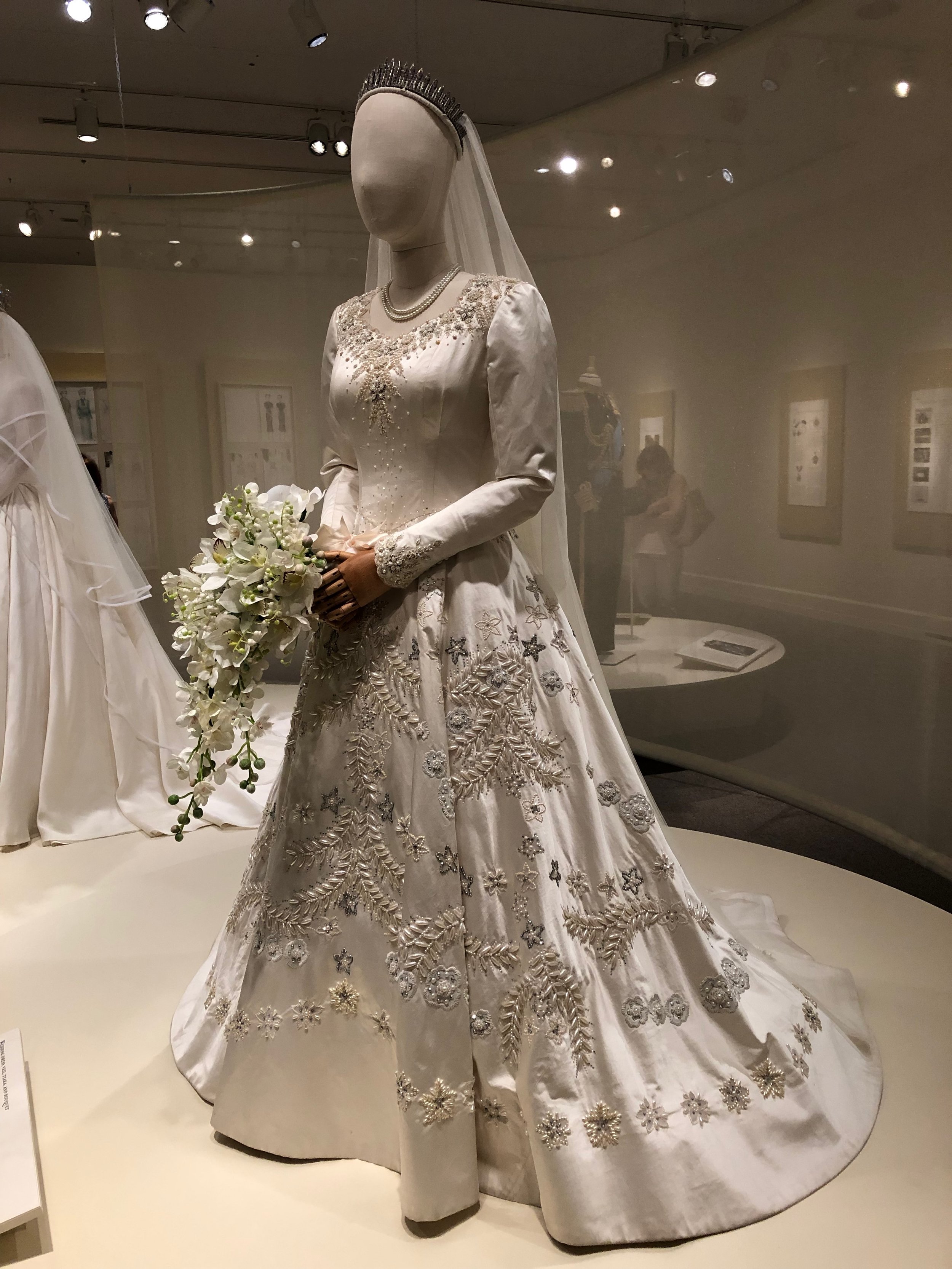Whenever I write about America in the late 18thc, I’m struck by what a relatively small place it was. By 1790, New York had become the largest city, but with a population of only 33,100; Philadelphia was second at 28,500. The politicians, merchants, bankers, lawyers, and physicians and others who made up each city’s wealthy elite classes were an even smaller group. They attended the same social events, churches, and theaters. They patronized the same shops and tradespeople. They’d attended the same schools and universities, as did their children. They were also bound together through friendships and intermarriage. In the 1790s, the capitol city of Philadelphia really must have seemed like its own little world, where everyone who was anyone already knew each other.
When Aaron Burr arrived in Philadelphia as the newly-elected senator from New York, he faced the same housing-shortage that challenged all new members to Congress: there simply weren’t enough lodgings to go around. He considered himself fortunate to find a place in the boarding house of Mrs. Mary Payne, a Quaker widow, likely some time in 1793. One of the attributes of boarding with Mrs. Payne was the presence of her daughter, Dolley Payne Todd (1768-1849). Dolley was soon to be widowed as well, losing both her husband and an infant son in the Yellow Fever epidemic of 1793. At twenty-six, Dolley was tall, vivacious, and voluptuous, and she and Burr - who always enjoyed the company of attractive, intelligent women - soon became friends. Dolley was impressed by Burr and his beliefs regarding the education of his daughters and step-sons. After her husband’s death, she chose Burr to be her surviving son Payne’s legal guardian, noting in her will that “the education of my son is to him and to me the most interesting of all earthly concerns.”
One of Burr’s other friends in Philadelphia was James Madison (1751-1836), the well-established and respected representative from Virginia. At 43, Madison was regarded as a confirmed bachelor, and his small stature, shyness, and unprepossessing demeanor were hardly the characteristics of a lady’s man. Although he was five years older than Burr, the two men had attended the College of New Jersey (now Princeton University) at the same time, with the intellectually precocious Burr completing his bachelor’s degree at sixteen. Now Burr and Madison were drawn together as political allies in Congress.
But in the spring of 1794, Madison had a different alliance in mind. He had seen the famously striking Mrs. Todd walking with friends, and asked Burr if he would make an introduction. Burr happily obliged, and though no record remains of how exactly he presented his friend’s suit, Mrs. Todd agreed to receive “the great little Madison”, as she called him to a friend. According to family legend, the fashion-conscious Mrs. Todd greeted him wearing a gown of mulberry-colored silk satin. No wonder Madison was instantly smitten, and determined to marry her.
Mrs. Todd was likely more pragmatic. Madison was nearly two decades older than she, several inches shorter, and inclined to ill health. But he was wealthy and powerful, and would offer security and prestige not only to her, but to her son as well. Still, she didn’t accept Madison right away. In the summer of 1794, she left Philadelphia to avoid the annual fevers that had killed her first husband, and went to Virginia to visit friends. Undeterred, Madison followed, and by the middle of August, she had agreed to marry him. He presented her with the ring, above, to celebrate their betrothal. While the irregularly cut diamonds - set in silver and banded in rose gold - reflect the limitations of 18thc jewelry, it’s still a stunner, and was on her hand when she died fifty-five years later.
Dolley Payne Todd married James Madison on September 15, 1794. Because the wedding was a small family ceremony in Virginia, Aaron Burr was not among the guests. But it’s very likely that when the newlyweds returned to Philadelphia, he was among the first to raise a glass in honor of his two friends, now husband and wife due in part to his successful matchmaking.
A side note: All three of these portraits were painted by the same artist, Gilbert Stuart (1755-1828), best known for his portrait of George Washington that was used as the basis for the image on the one-dollar bill.
Top: Detail, Dolley Madison’s engagement ring. Image courtesy of James Madison’s Montpelier. Photo by Larry Bouterie.
Upper left: Portrait of Aaron Burr by Gilbert Stuart, c1793, New Jersey Historical Society.
Right: Dolley Payne Madison (Mrs. James Madison) by Gilbert Stuart, 1804, The White House.
Lower left: Detail, Portrait of James Madison by Gilbert Stuart, c1805-1807, Bowdoin College Museum of Art.
My new historical novel, The Secret Wife of Aaron Burr, is now available everywhere, in stores and online. Order here.












































